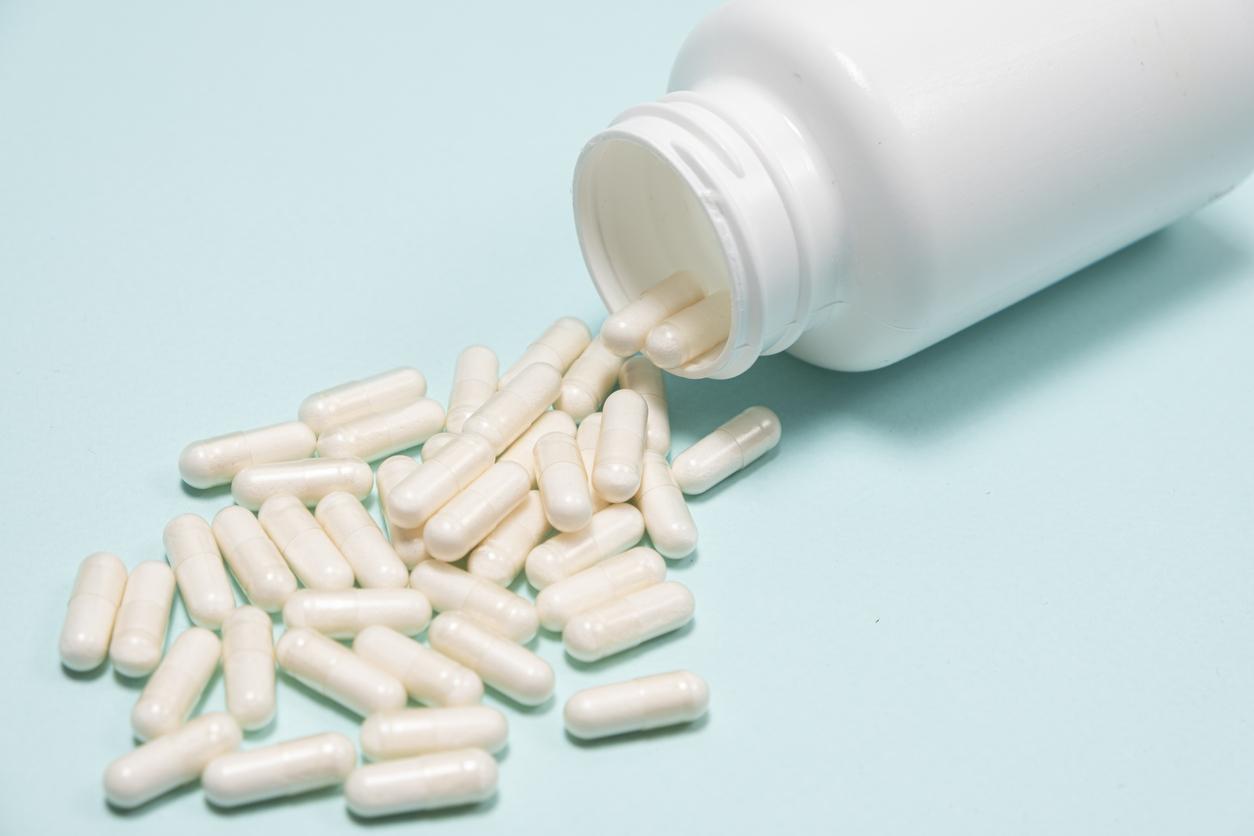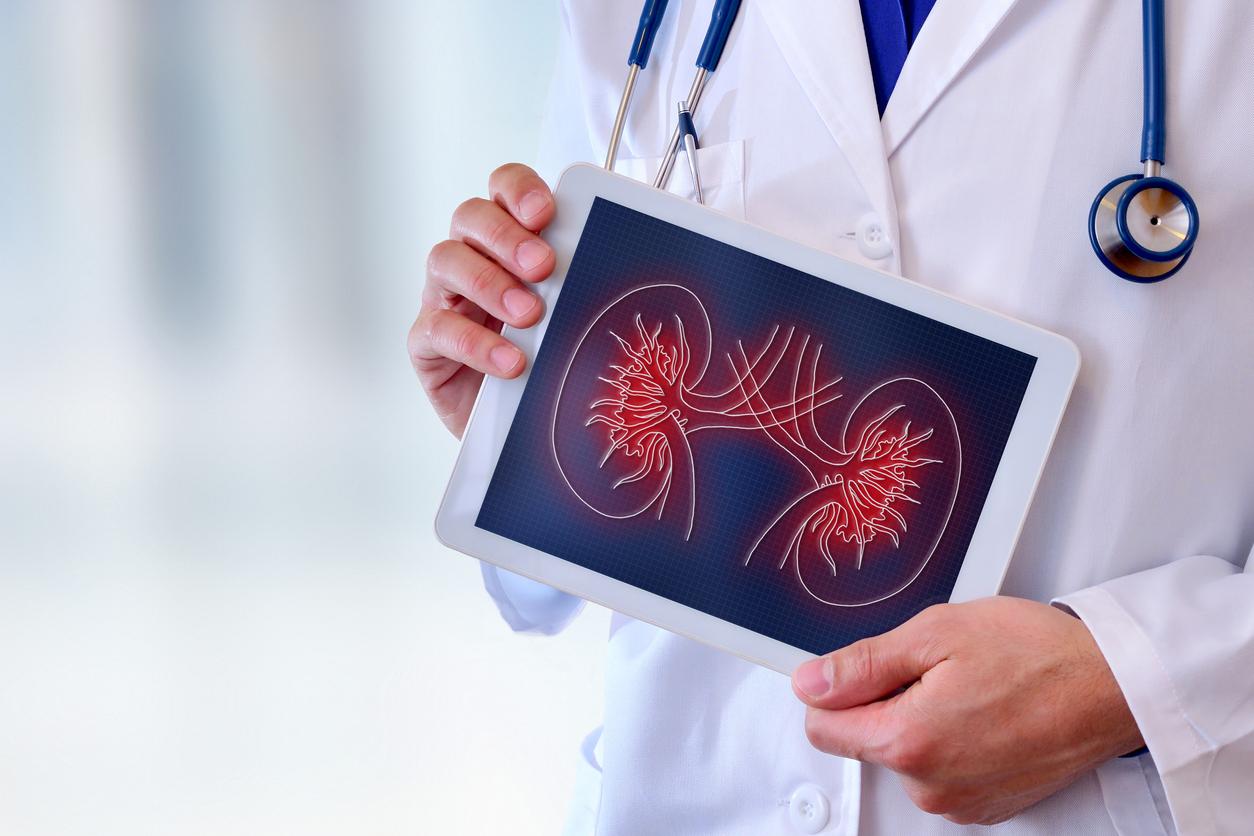To prevent and manage this excess sugar in the blood, American researchers were interested in the encapsulation of the hormone glucagon, a hyperglycemic substance.

- American scientists have developed micelles sensitive to glucose which encapsulate glucagon, a hormone produced by the pancreas whose function is to increase blood sugar levels.
- In tests on mice, glucagon nanocapsules activated when blood sugar levels dropped dangerously and restored glucose levels within 40 minutes.
- In addition, they do not trigger an immune response or induce organ damage.
“While glucose-sensitive insulin delivery systems are widely used clinically to treat insulin insufficiency, on-demand glucagon supplementation for the treatment of acute hypoglycemia remains understudied.”indicated scientists from the University of California in Los Angeles (United States). That is why they decided to carry out work, the results of which were published in the journal ACS Central Science.
Self-regulated glucagon-releasing material developed to treat hypoglycemia
Glucagon is a hormone, produced by the pancreas, that signals the liver to release glucose into the bloodstream. It is usually administered by injection to combat severe hypoglycemia in diabetics. “Although an emergency injection of glucagon can correct blood sugar levels in about 30 minutes, the formulas can be unstable and insoluble in water. In some cases, the hormone breaks down quickly when mixed for injections and clump together to form toxic fibrils.” Additionally, many episodes of hypoglycemia occur at night, when diabetics are not likely to measure their blood sugar.
To improve the stability of glucagon, the team developed a micelle. It is a nanoscale, soap-like bubble that can be customized to assemble or disassemble in different environments and is used for drug delivery. In the study, the micelle created is sensitive to glucose which encapsulates and protects glucagon in the bloodstream when sugar levels are normal, but dissolves if levels drop dangerously. To prevent hypoglycemia, it could be injected in advance and circulated in the blood until needed.

Diabetes: nanocapsules activate when blood sugar drops dangerously
To test this encapsulation of the glucagon hormone, the authors carried out laboratory experiments on mice. According to the results, the micelles only disassembled in liquid environments mimicking hypoglycemic conditions in rodents, that is, less than 60 milligrams of glucose per deciliter. When animals suffering from insulin-induced hypoglycemia were injected with specialized micelles, they reached normal blood sugar levels within 40 minutes.
Another finding: the glucagon-filled micelles remained intact and did not release the hormone unless blood glucose levels fell below the clinical threshold for severe hypoglycemia. The scientists also clarified that the empty micelles did not trigger an immune response and did not induce organ damage. “This proof of concept is the first step toward a new, on-demand and effective method for preventing or alleviating extremely low blood sugar levels,” they concluded.

















